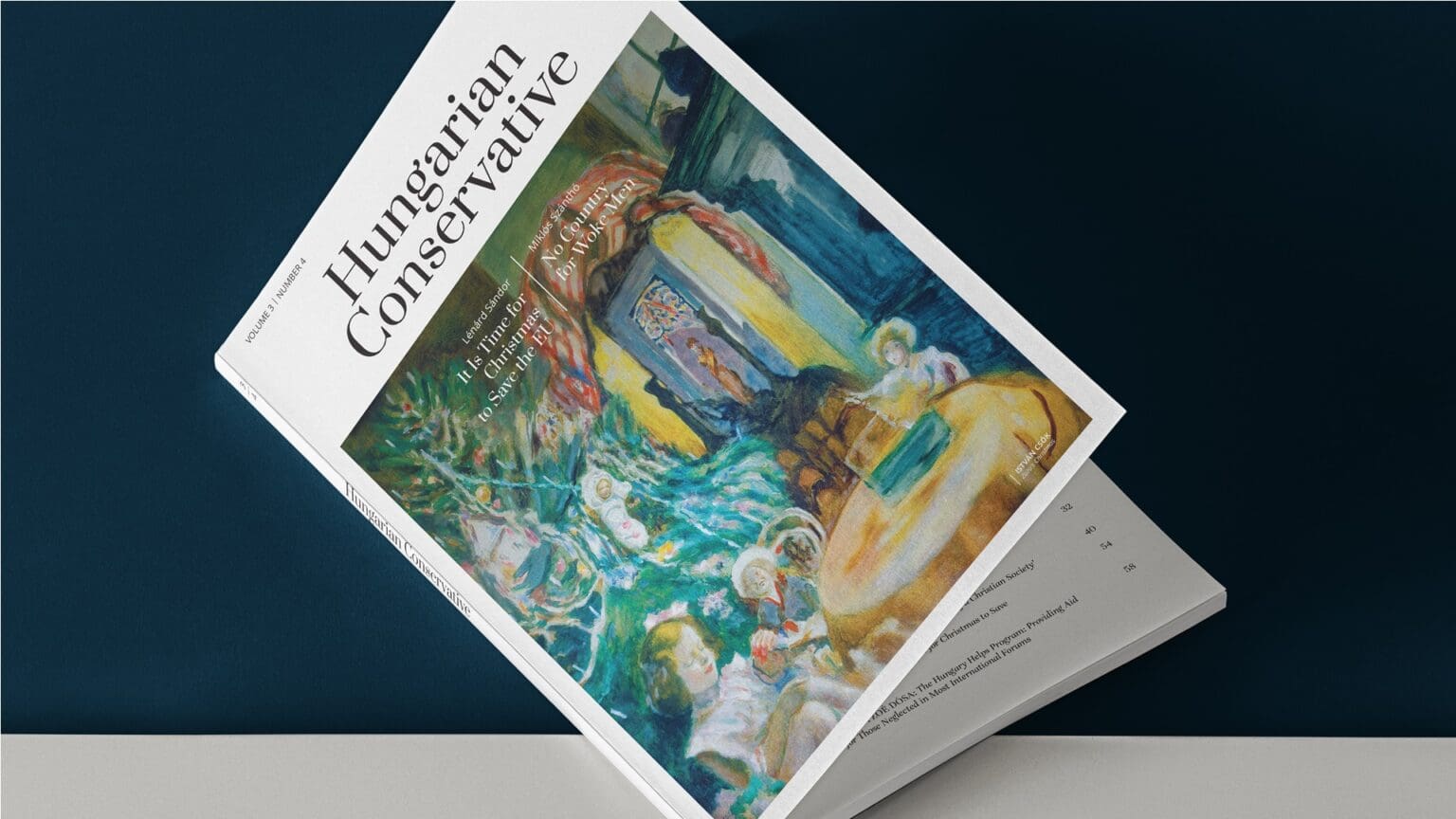
The brand new edition of our magazine features a piece by Miklós Szánthó, director general of the Center for Fundamental Rights, who wrote about the subversive nature and history of the new Woke ideology; as well as a statistical analysis of the difference in the ways democracies and autocracies wage war by political scientist and military historian Bruce Oliver Newsome, and two Christmas-themed articles as well, as per the holiday season. You can pick up the latest edition of Hungarian Conservative magazine at your local bookstore or newspaper stand; or, subscribe to our quarterly magazine on our website to make sure you never miss an issue.
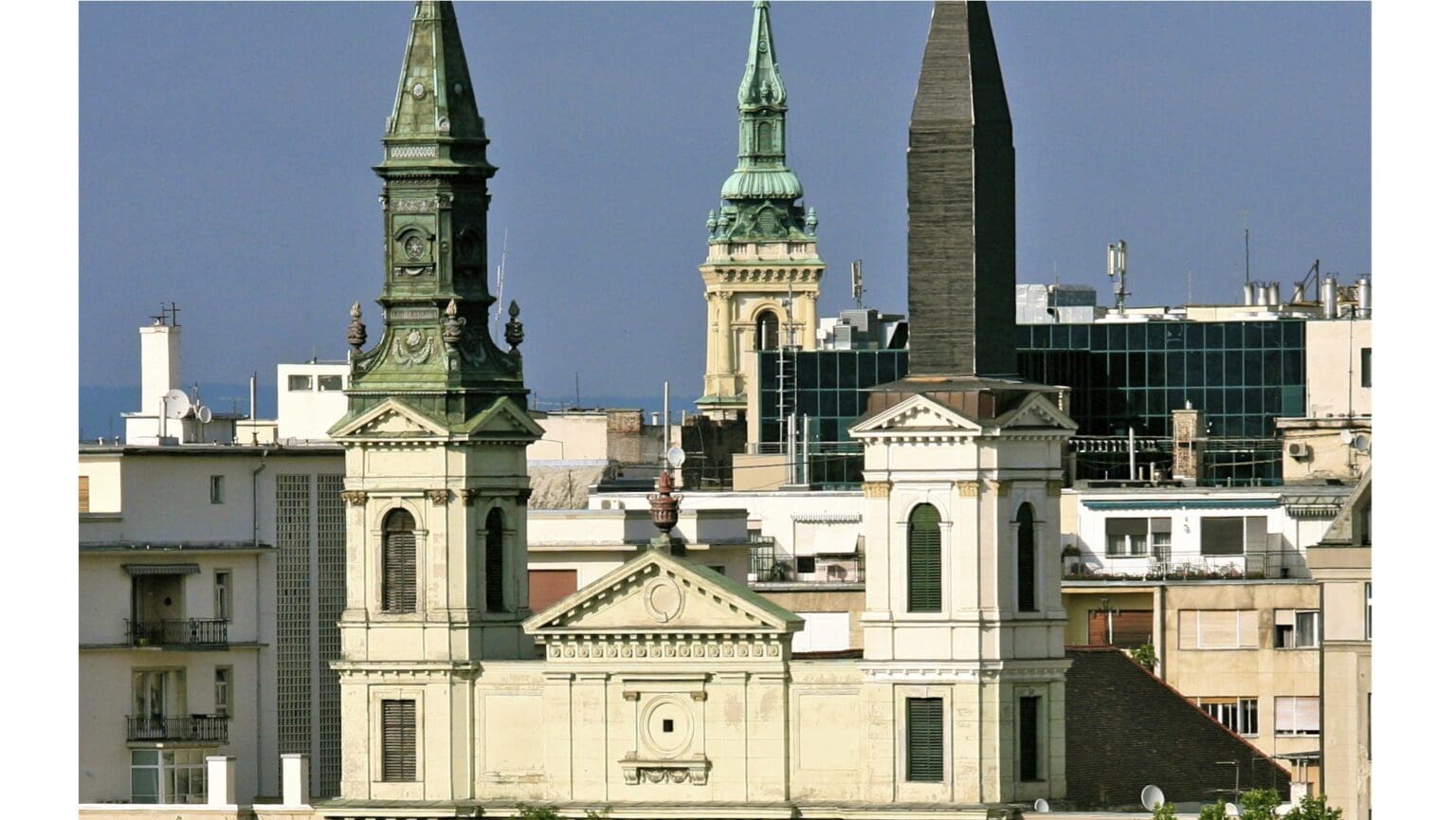
Originally a Greek-built temple, now known as the cathedral of the Moscow Patriarchate, is one of the most iconic buildings on the Pest side of Budapest, right on the bank of the Danube River.
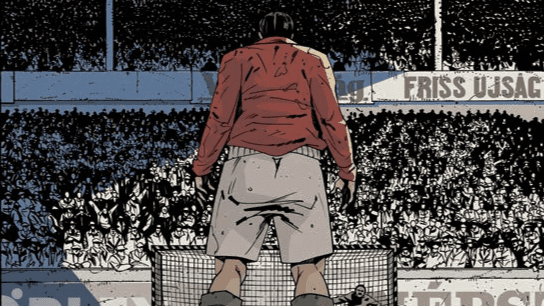
Publication of the latest work by Attila Futaki, a comic book artist of international fame, is an important domestic event: it presents the life and career of Ferenc Puskás.
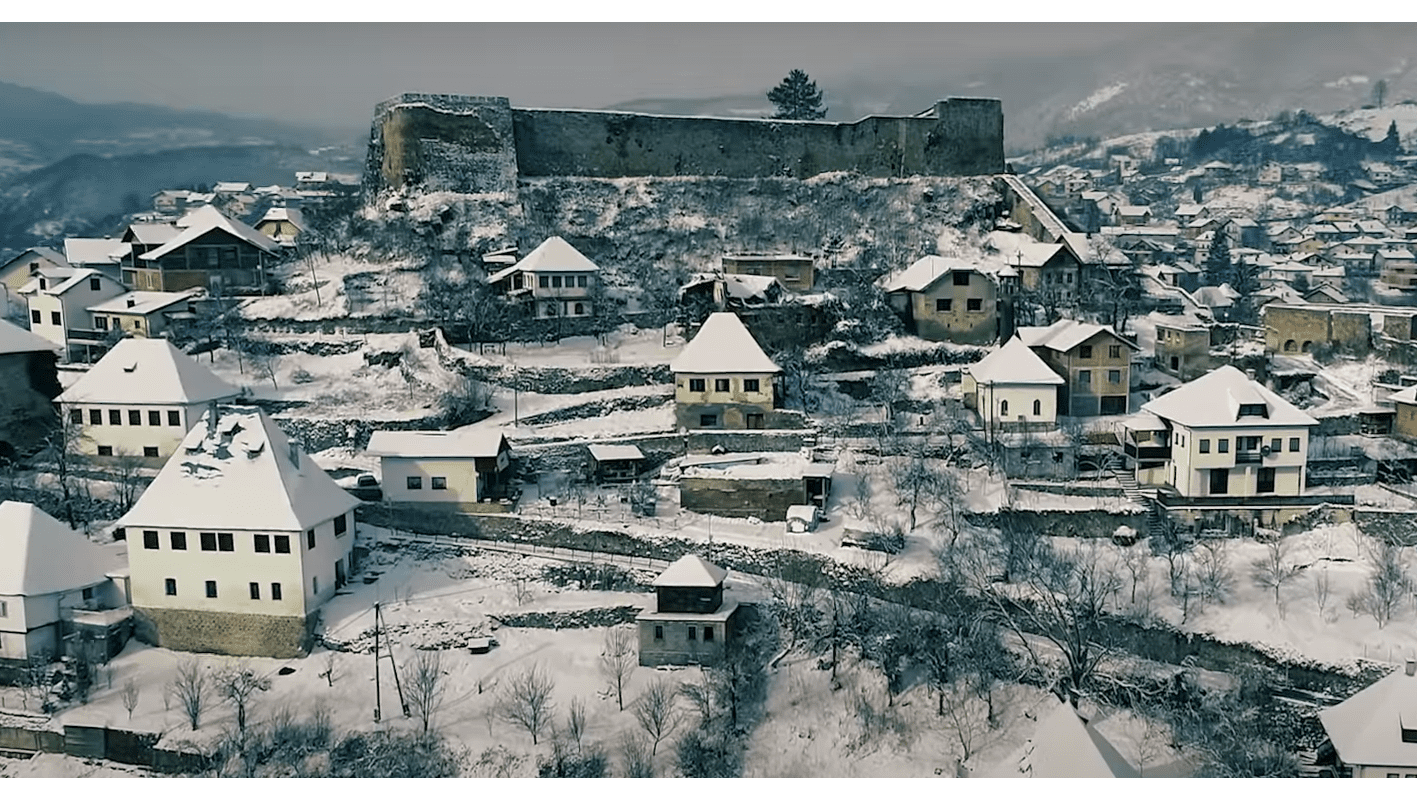
‘King Matthias of Hungary (r. 1458–1490) spent many years of his reign in the saddle. This was the case in 1463, 1467, and 1475, when he “celebrated” Christmas in Jajce in Bosnia, in Brașov after the Battle of Baia, and then in Belgrade after the siege of the Szabács Castle against the Ottomans.’

The immensely popular band, featuring Hungarian-born guitarist Zoltán Báthory will come to Budapest to do a live show again in 2024.
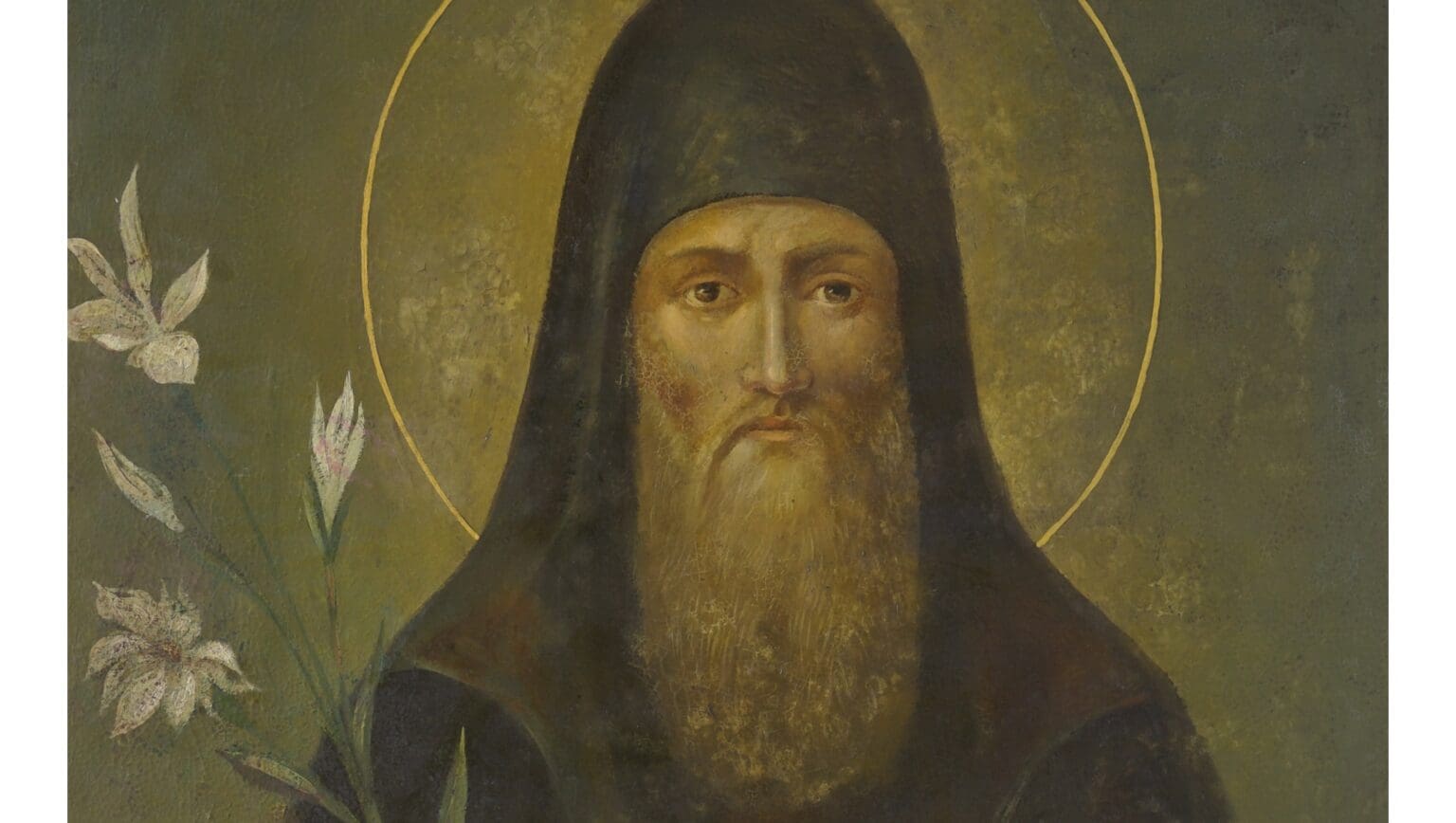
In the 11th century, three brothers moved from the Kingdom of Hungary to the Kievan Rus—while one of them died defending the Rus’ first two saints, Boris and Gleb, the other two later became Orthodox saints themselves as well, establishing a monastery that functions till this day.
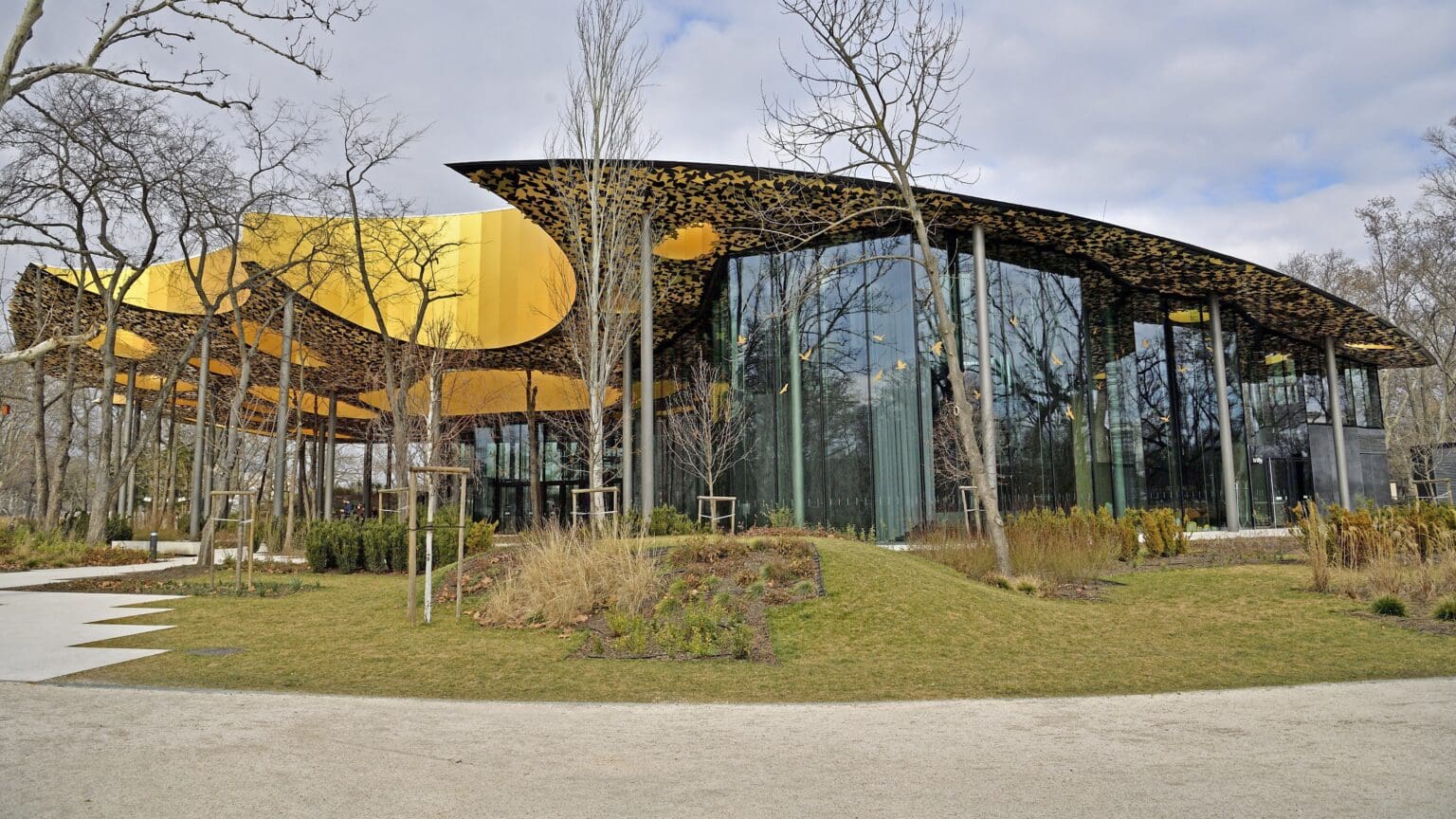
This grand exhibition, housed initially at the world’s largest museum of art and design, the Victoria and Albert Museum in London, will conclude its run in its original venue in April 2024 before embarking on a travelling showcase, debuting first at the Budapest House of Music. Following Budapest, the exhibition will journey to several significant museums worldwide.
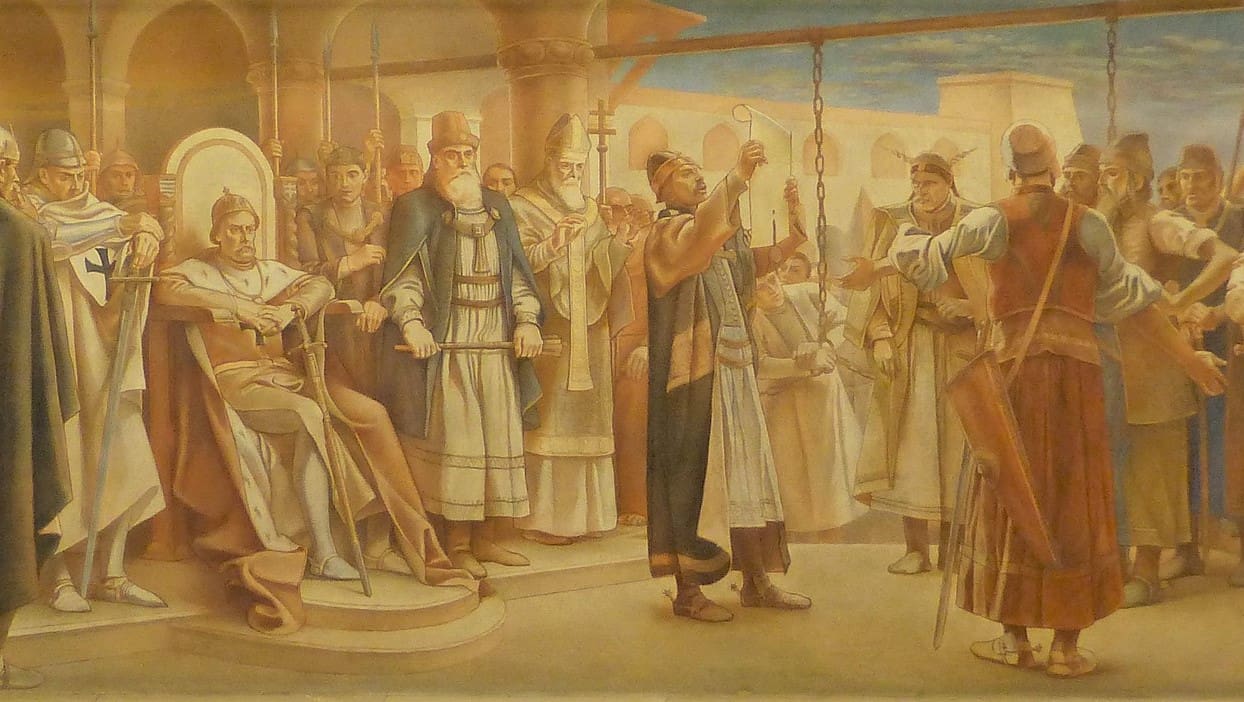
In the Hungarian memory, the Rákos assemblies have become a symbol of the freedom of the Hungarian nobility. The diets in Rákos, as well as the assemblies held in Pressburg (today’s Bratislava, Slovakia) after 1540, played no small role in ensuring that the unity of the country did not disappear after the Turkish rule and that the occupied parts of the country did not entirely break away from the Kingdom either.
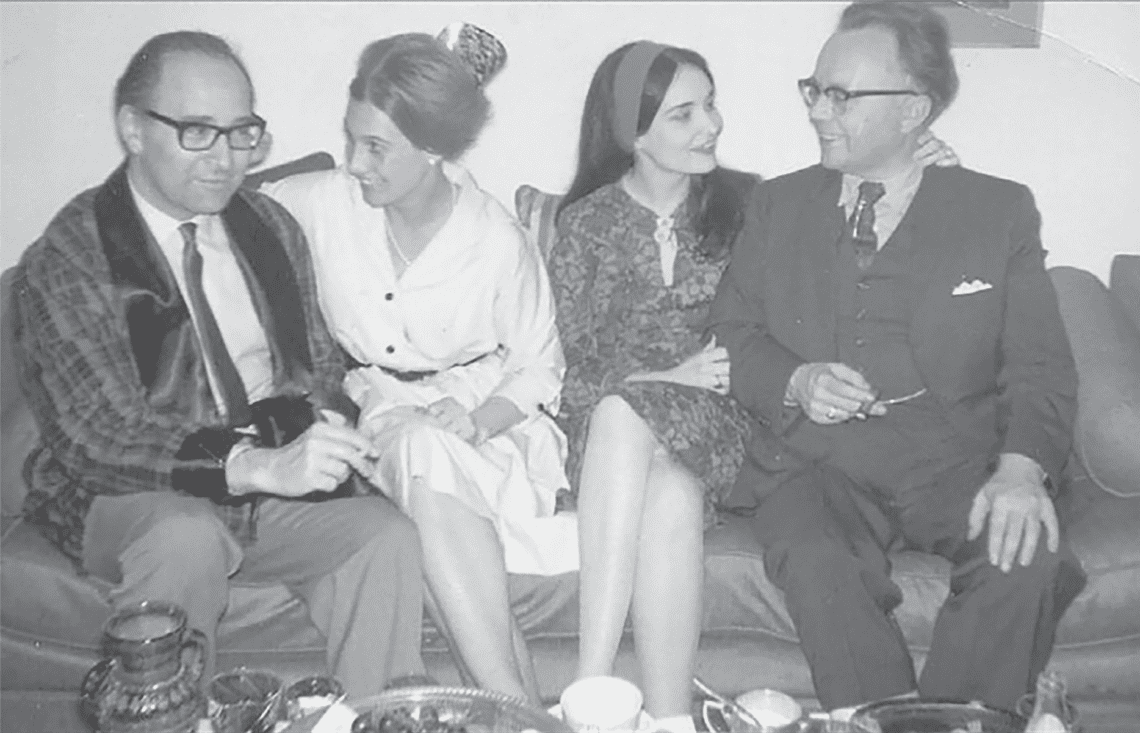
In his short speech introducing the international conference, head of the Thomas Molnar Research Institute, historian of political thought Károly Attila Molnár highlighted that as a Hungarian emigrant, Thomas Molnar tacitly accepted the values of liberal democracy in the United States, but criticized its ideological foundations and pointed out the dangers of ‘Americanization’, the consequences of economic liberalism and social engineering.
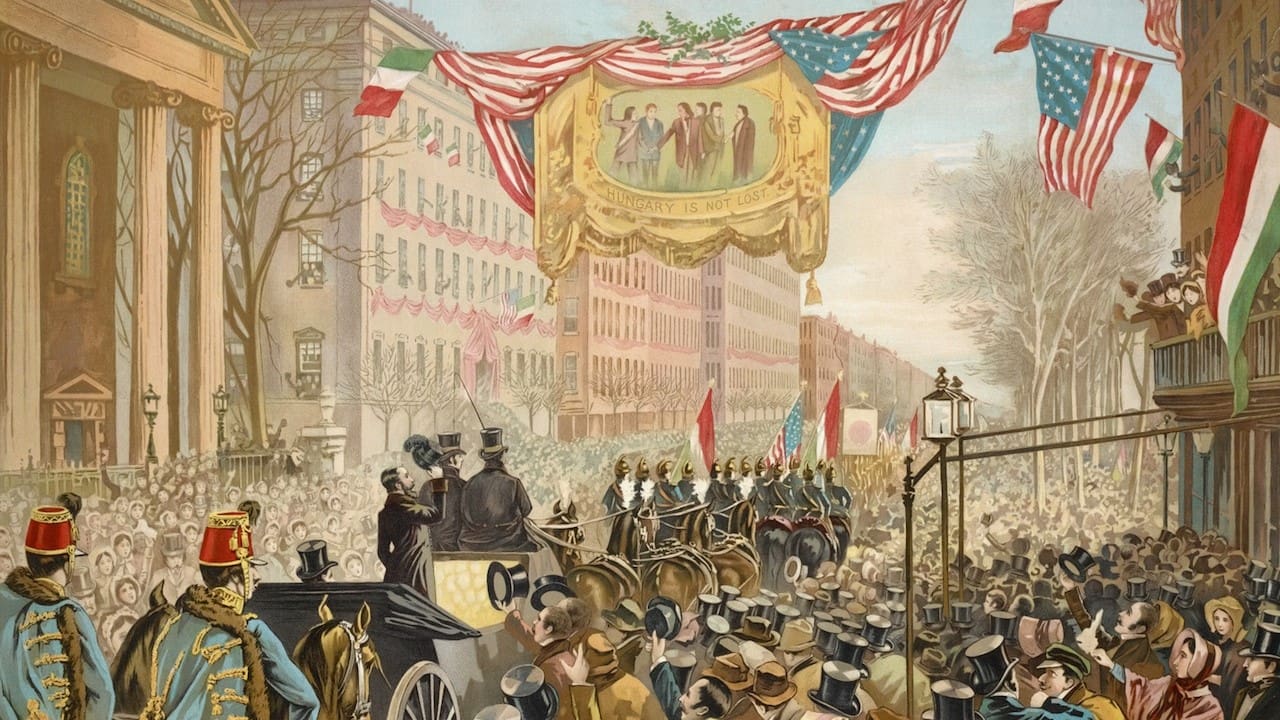
Renowned Hungarian revolutionary and statesman Lajos Kossuth arrived on the shores of the United States on 6 December 1851. He was received by a warm welcome and outpour of enthusiasm, from the highest ranking politicians and the ‘common folk’ alike, who lauded him for his pursuit of Hungarian freedom.

While millions of children across the globe get their Christmas presents from Santa on Christmas Day, in Hungary, Saint Nicholas, called Mikulás, arrives on the eve of 6 December, bringing sweets and nuts, and leaves the task of delivering the real Christmas gifts to the angels.

A heads-up to Lenny Kravitz enthusiasts. The funk-rock artist is returning to Budapest next summer!

It would be crucial to allocate the necessary resources to promoting educational and informative content on TikTok that targets the Roma youth, as part of the broader government-funded inclusion programmes. Thanks to TikTok’s omnipresence, such a scheme has the potential of reaching almost all Hungarian Roma youth directly and of proactively influencing their cultural and social development, integration, and desegregation in a cost-effective manner.
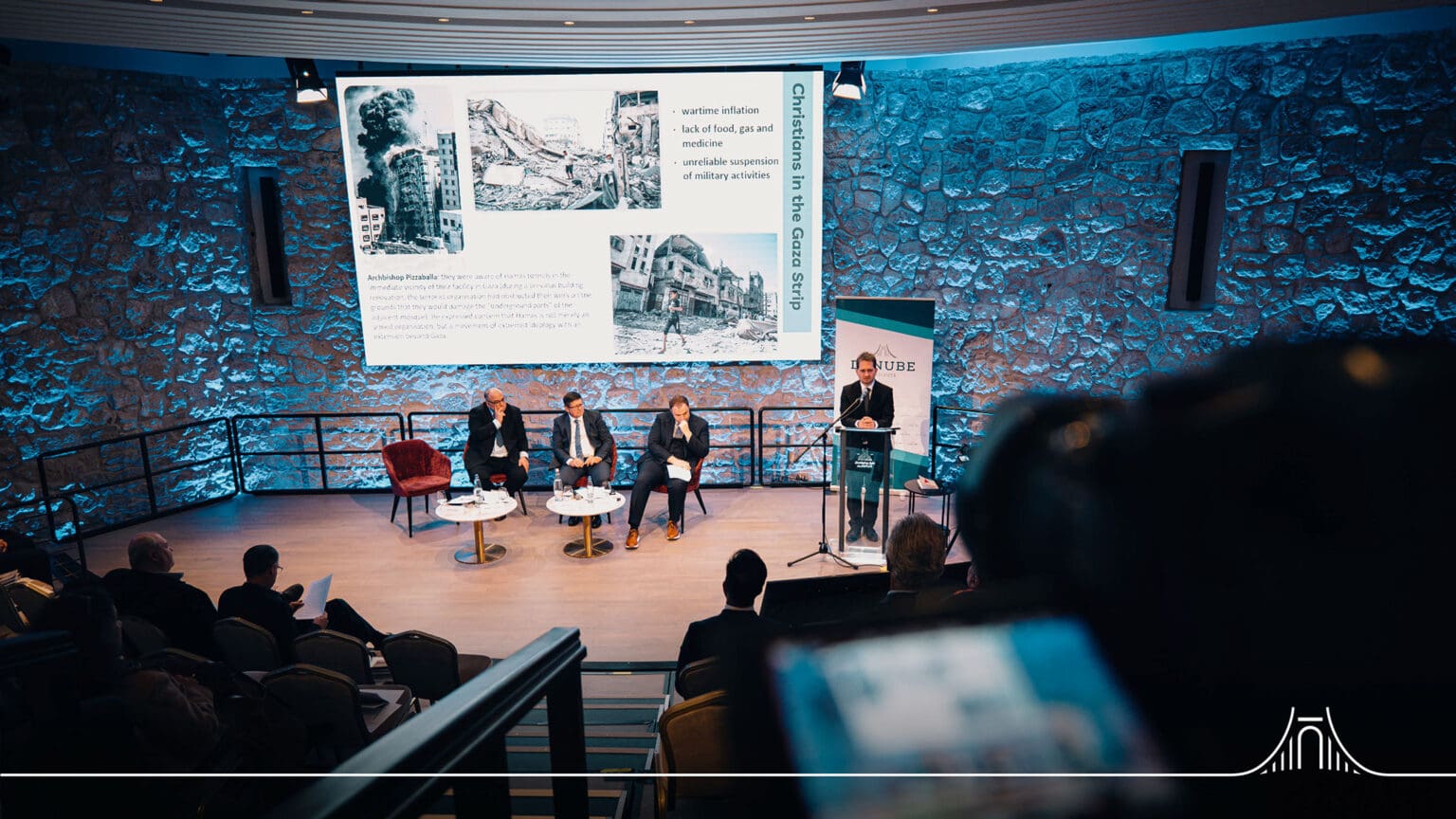
The conference, held on 27 November 2023, brought together a diverse groups of speakers to discuss the repercussions of the Israel-Hamas war and the situation of the Christian community in Israel.
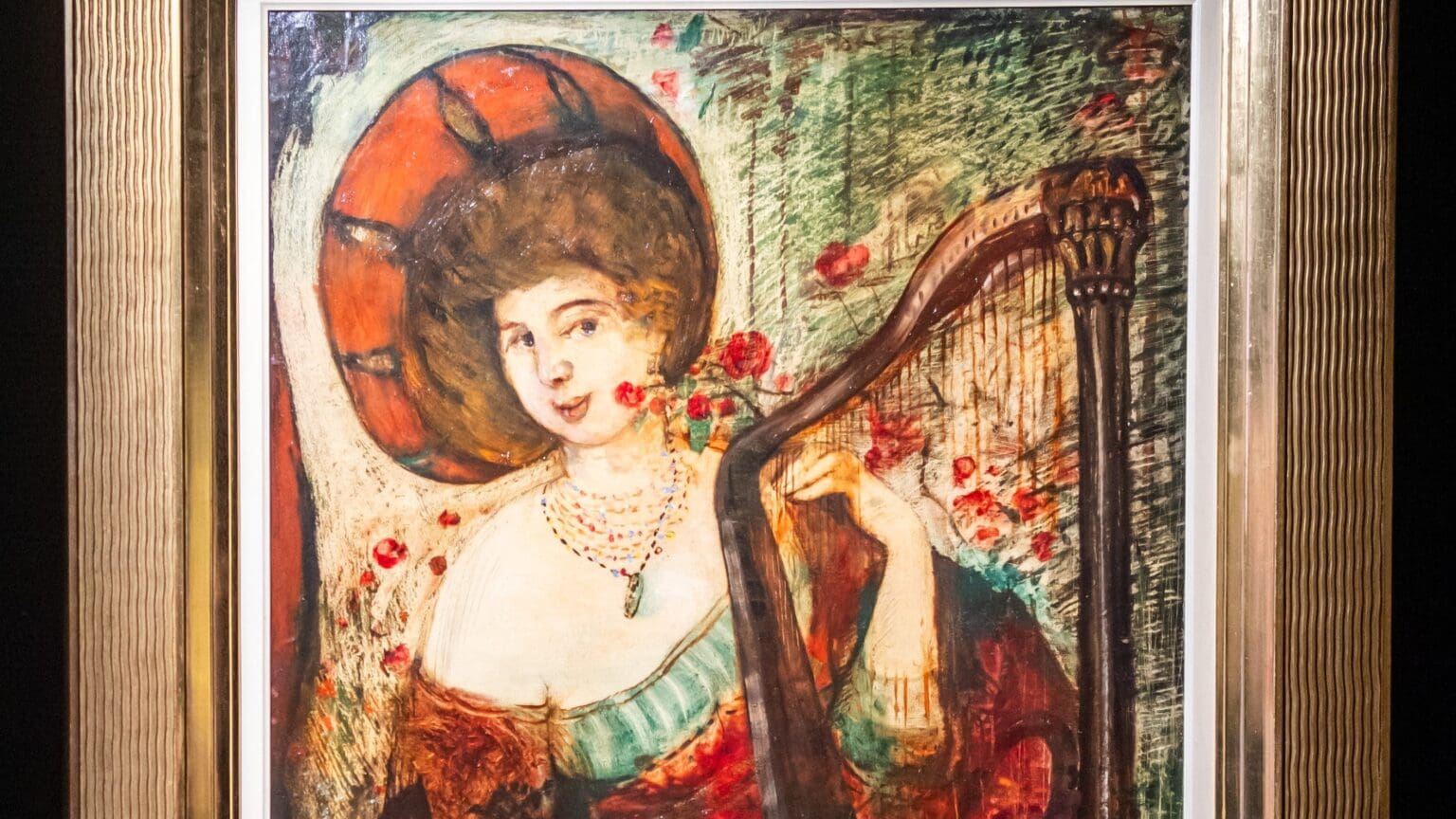
For over 20 years, collectors have awaited the opportunity to once again acquire Gulácsy’s iconic masterpiece. In 2002, the painting’s emergence caused a sensation, disproving the assumption among art historians that the masterpiece had perished during the Second World War.

Preparing for Christmas should not equal plenty of spending and waste: if we resort to the good old practices of our grandparents, we can be frugal and environmentally conscious at the same time.

Advent is one of the most important periods in the Christian world: it heralds the beginning of the Christmas season. According to the Gregorian calendar, it starts on the fourth Sunday before 25 December. But where does the tradition of the Advent wreath come from, and what is the symbolism that it conveys?
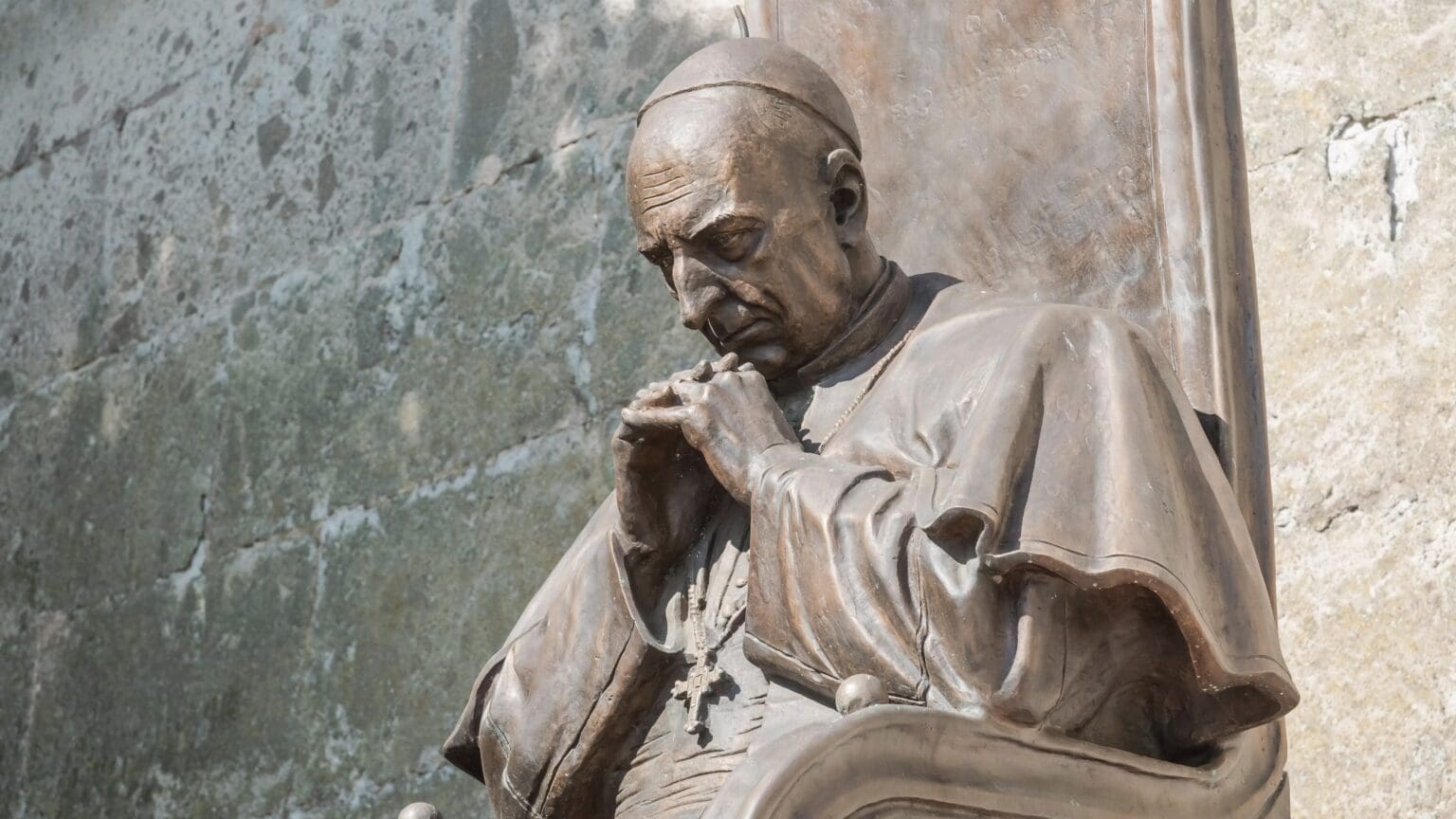
József Mindszenty is often commemorated as one of the first victims of the Rákosi regime. However, his 1949 arrest and show trial were not the last stage of his ‘white martyrdom’: he spent one and a half decades as an asylee at the US Embassy in Budapest, only to be exiled from the country for good in 1971.
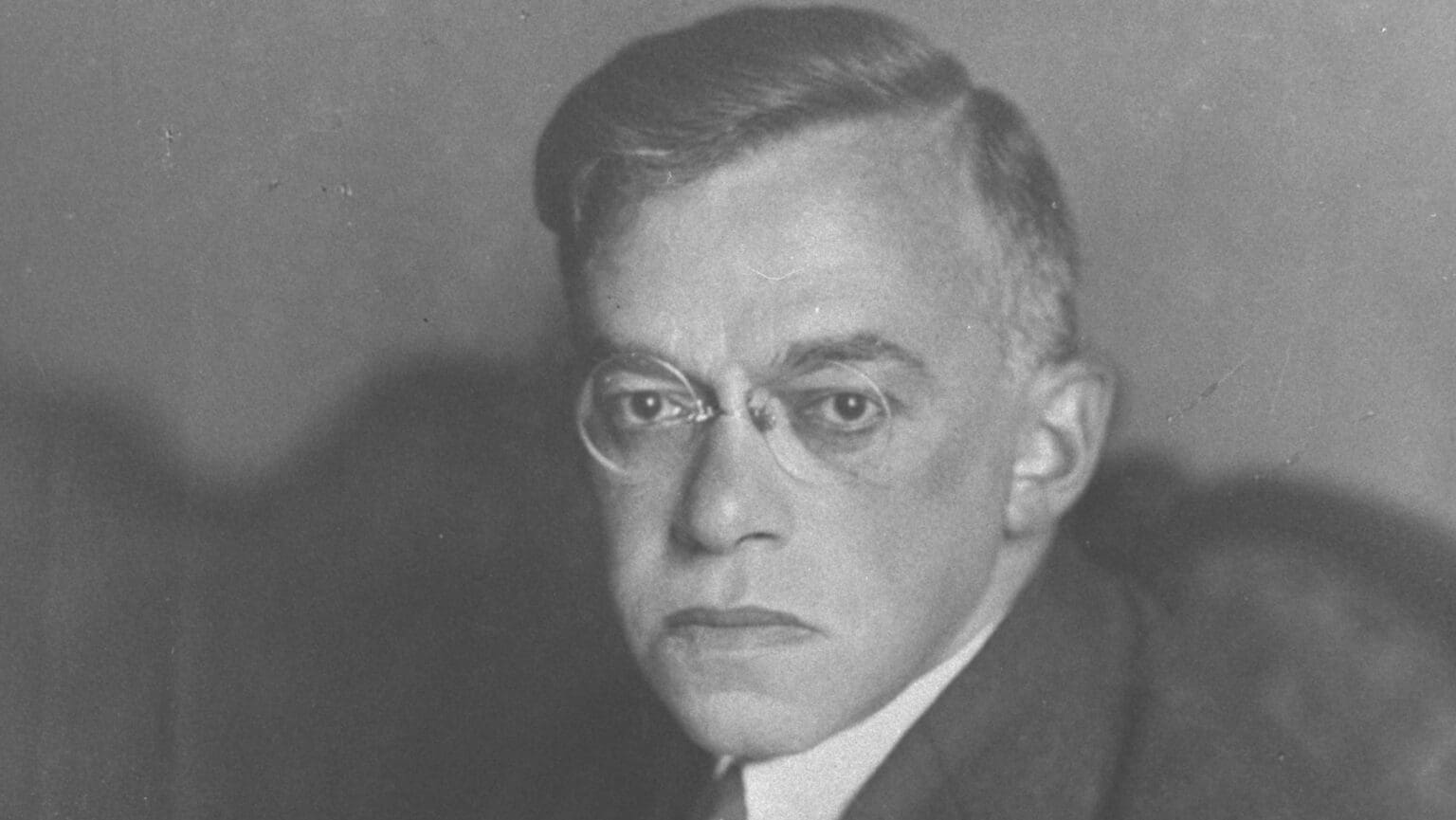
Jabotinsky was an old-fashioned nineteenth-century national liberal and a committed democrat, but it is still a matter of debate whether the same can be said of his supporters. The Zionist writer described his early worldview as ‘liberal anarchy’ in which ‘every individual is [worth as much as] a king’. The free market, freedom of the press, equality for women and respect for minority rights were fundamental tenets of his thinking. But there is good reason why there is an intense historiographical debate concerning Jabotinsky’s views.
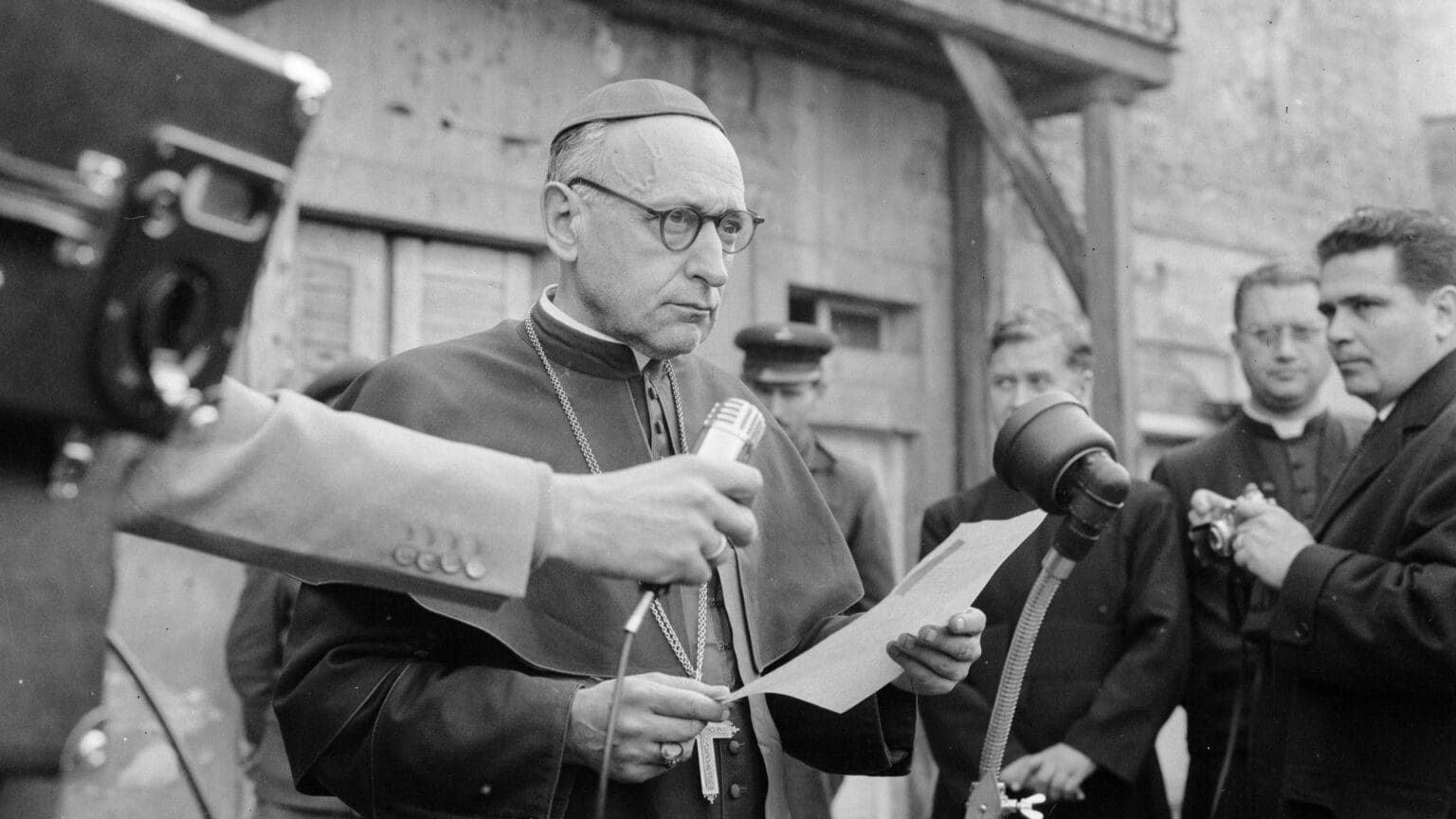
Cardinal Mindszenty played an important role in the 1956 revolution. He assumed his post as archbishop immediately after his release from captivity, appealed for international aid for Hungary, initiated the process of cleaning the church from Communist infiltration, while also being active in the political life of the country. Firmly holding onto his conservative view of himself as the most important dignitary of Hungary, he tried to set the direction of the course of events. Contrary to the recent myth-busting efforts, this direction was not reactionary or outdated.
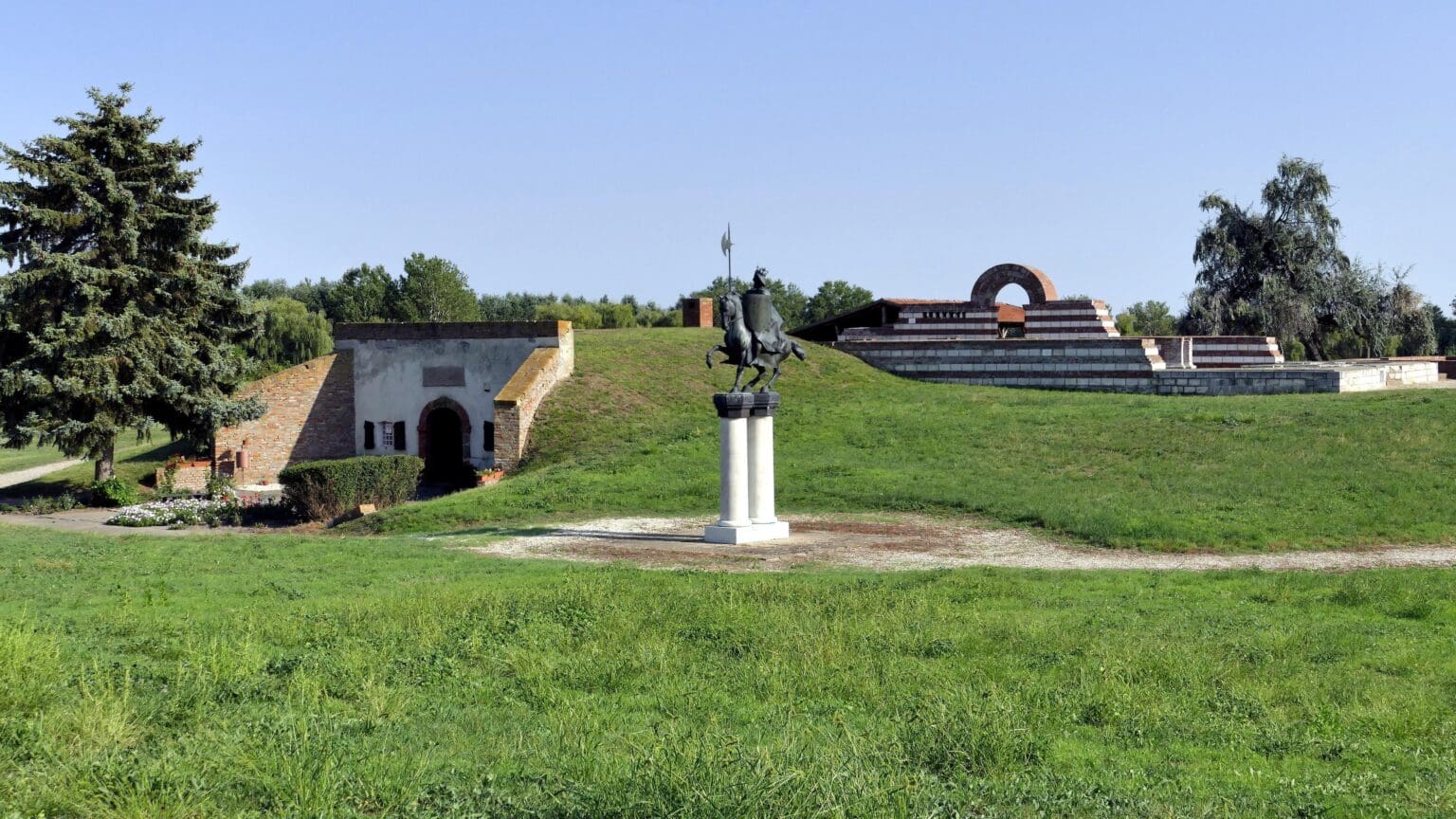
Around 3100 BC, the Yamnaya people began to move westwards, migrating from their homeland in modern-day southern Ukraine and Russia. As they reached the Carpathian Basin and the Danube valley, they began transforming the landscape of their newly acquired home, erecting kurgans, that is, burial mounds, for the deceased of higher status. Many of these ancient mounds are still visible in Hungary.

In Hungary, it costs about half as much to get a driver’s licence as in Austria. Since all EU Member States accept each other’s licences as valid, more and more Austrian citizens are coming over to take advantage of the price difference, bringing a lot of business to driving schools in Western Hungary.
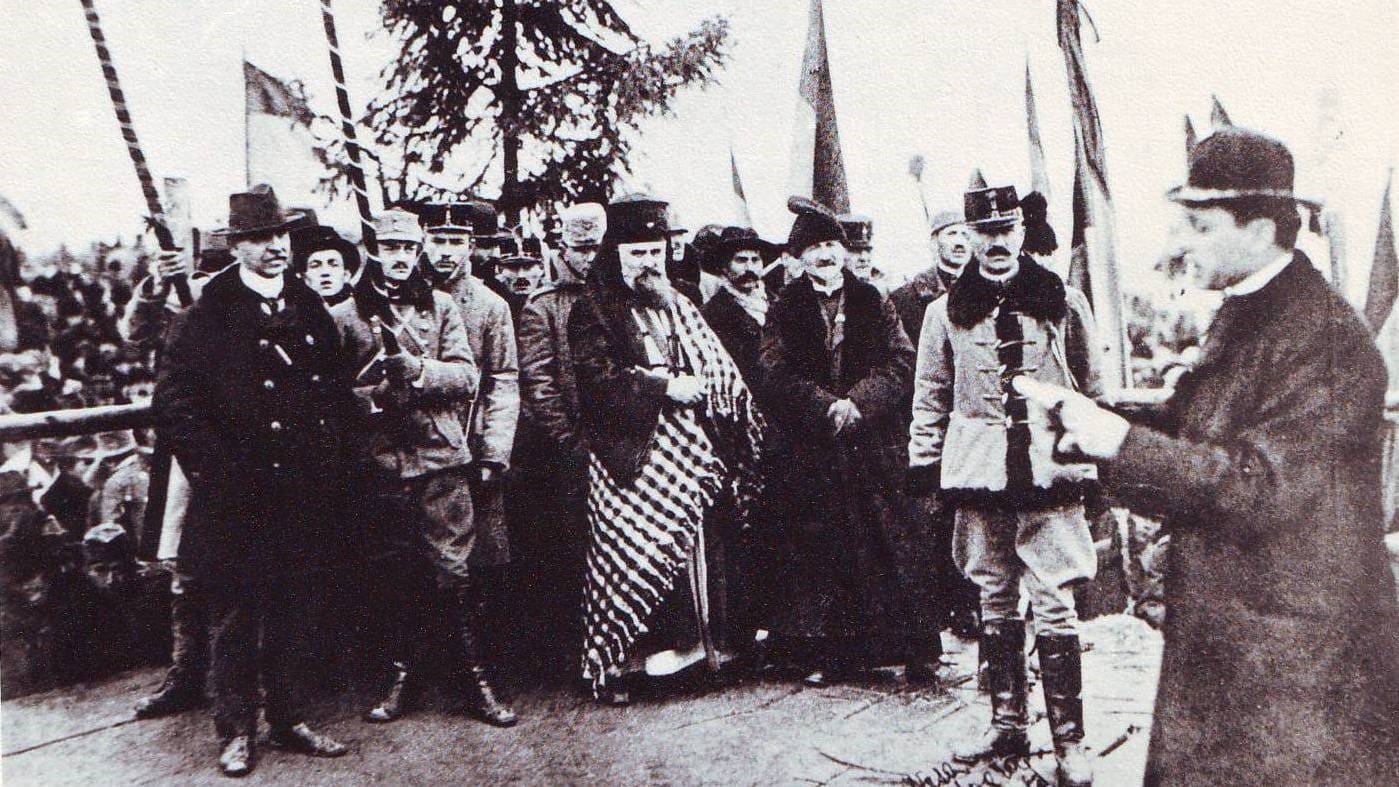
Although the unification made the dream of the Romanians come true, the aspirations of Transylvanian Hungarians for self-determination were ignored. The annexation of Transylvania to Romania was finally enshrined by the Treaty of Paris.
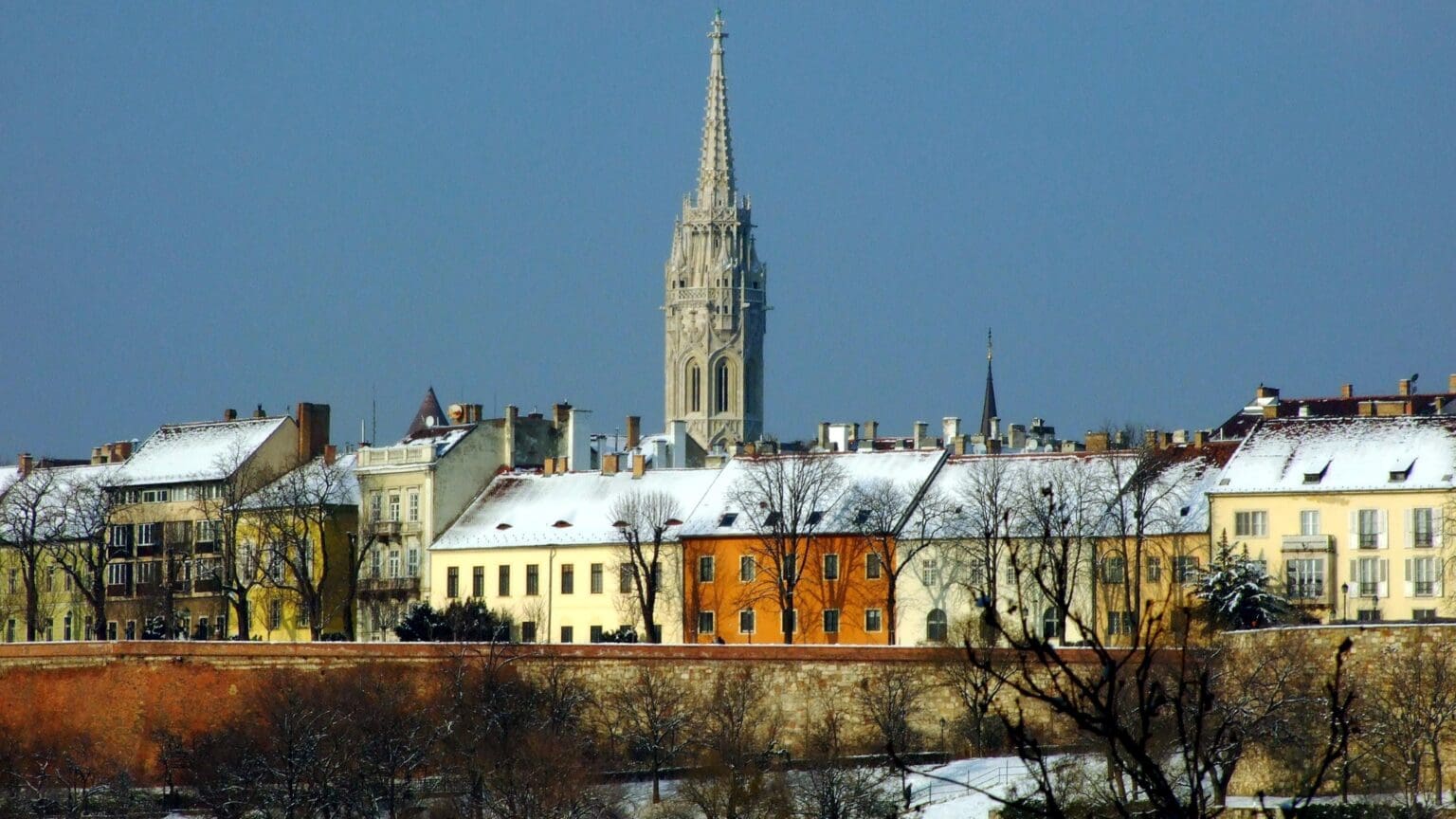
As part of the series titled ‘Advent in Buda,’ visitors can expect a vibrant array of activities, including stage performances, handcraft workshops, folk art nativity scenes, exquisite Hungarian culinary delights, candle lighting, and a festive atmosphere.

The 76-year-old former Oscar nominee lauded the Eastern European countries for protecting their borders and actually enforcing their immigration laws, unlike his country of the US.
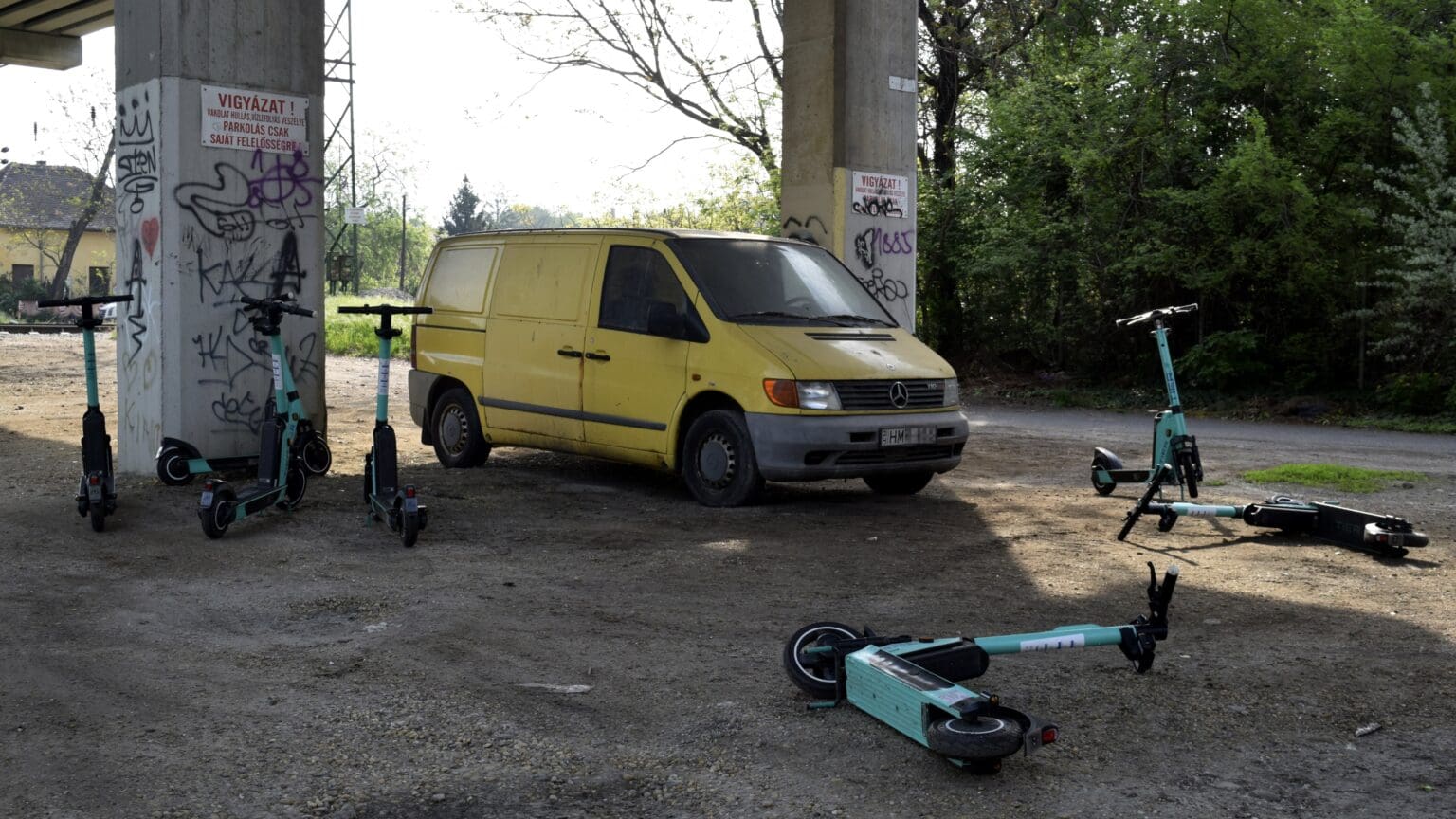
Because e-scooters are unregulated, it is not even clear whether they can be ridden on public roads or pavements, whether wearing a helmet while riding them is compulsory, or whether the same zero-tolerance alcohol limit applies to e-scooter users as to motorists.

At a press conference in Budapest, producer Tamás Lajos disclosed that there are ongoing negotiations with international streaming services, expressing optimism regarding the film’s success abroad.
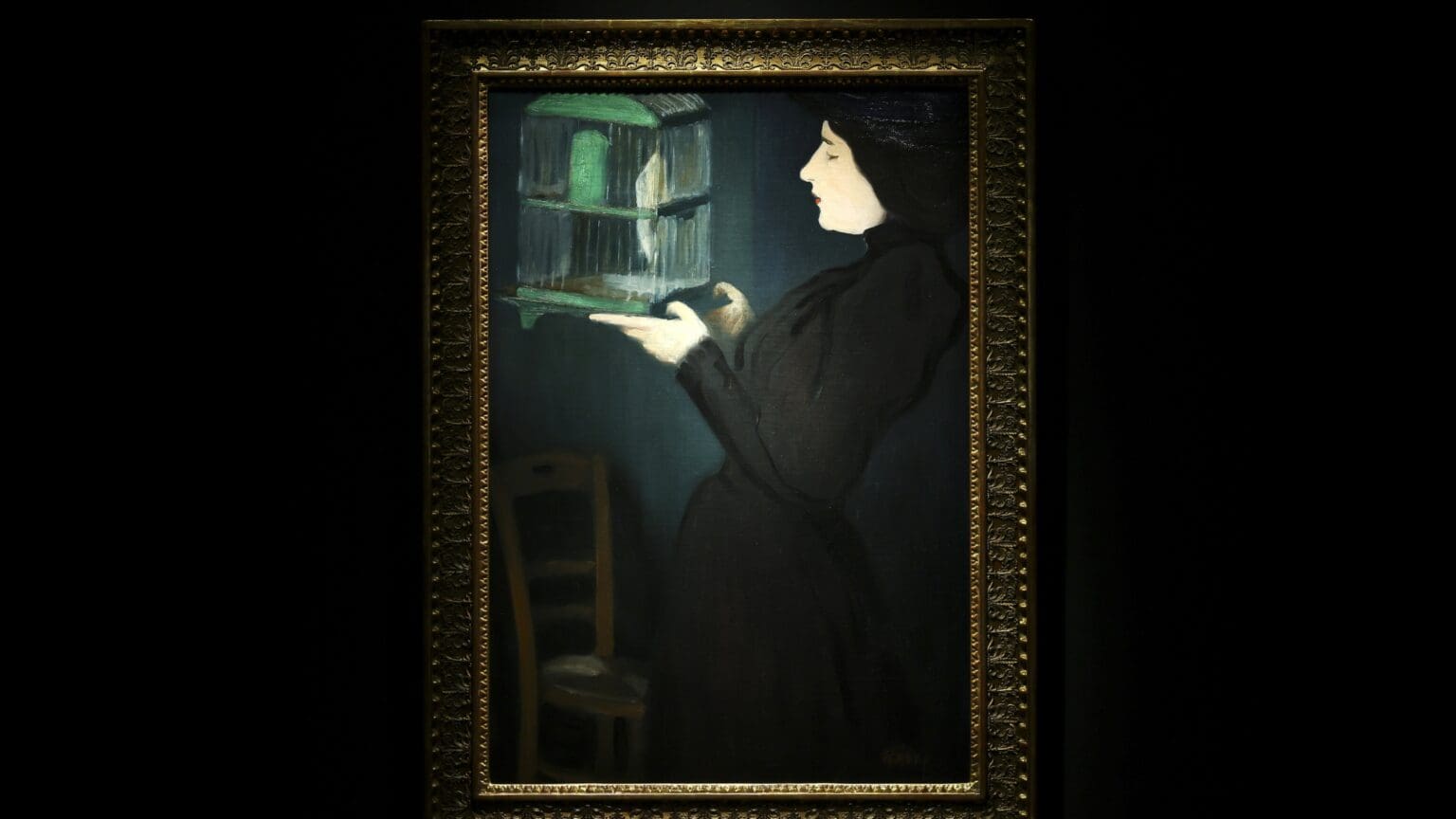
The artwork, also known as the Hungarian Mona Lisa, surfaced in 2005 after a century of obscurity but it did not stay in Hungary at that time.

‘What better explains the atrocities committed: coercion or the individual’s capacity or inclination for cruelty? Perhaps both, but to varying proportions.’ Author and historian László Borhi points out in his 2022 book The Strategies of Survival that, in his research, it was not always possible to draw a clear line between the different roles. ‘Several were convicted of collaborating with the Nazis and collaborating in atrocities, while other witnesses claimed that the person in question saved their lives’.
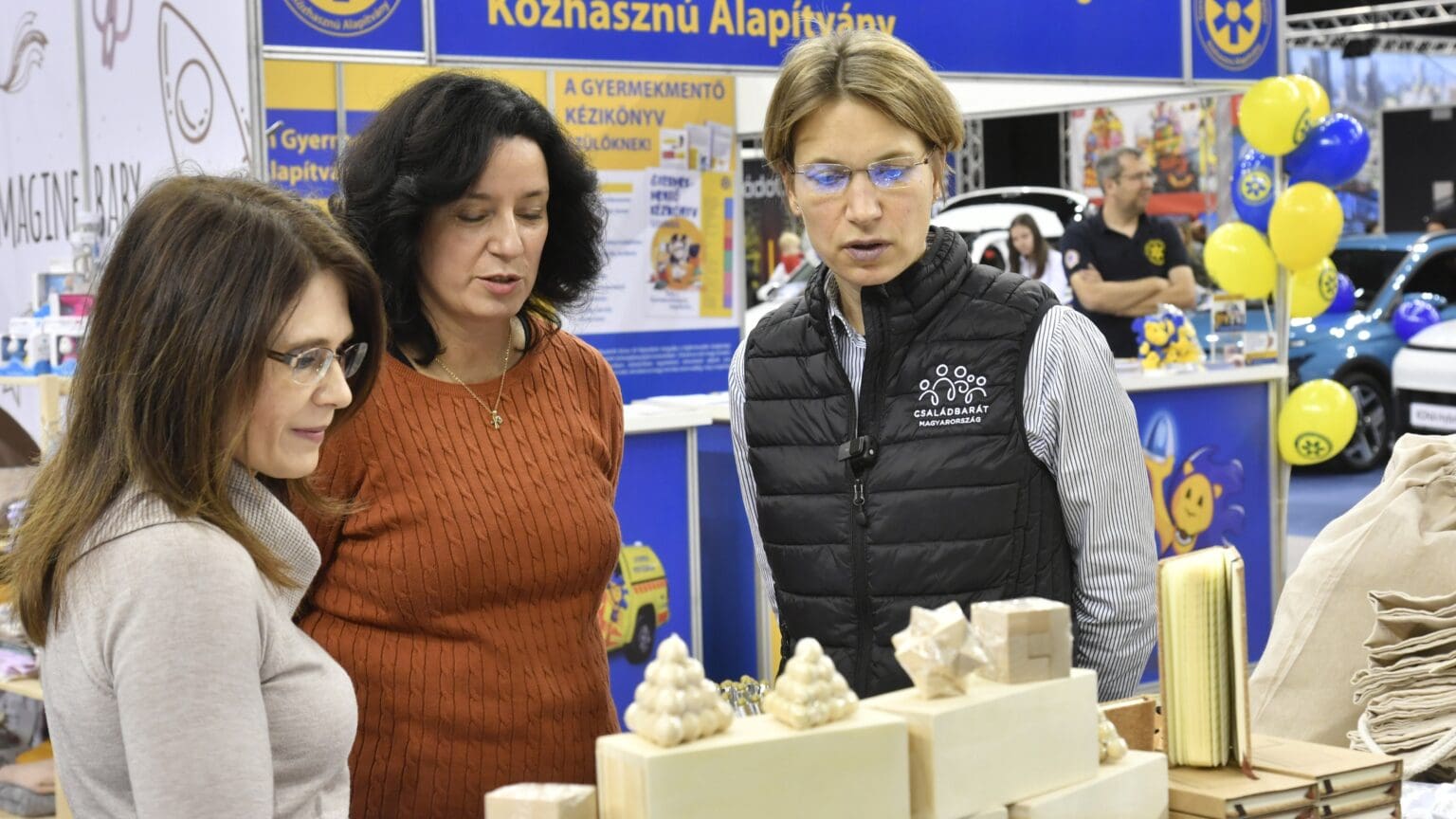
According to information provided by Ágnes Hornung, state secretary responsible for families, this addition will bring the total number of main pillars supporting the Hungarian family support system to four, alongside home creation, financial security, and freedom of choice.